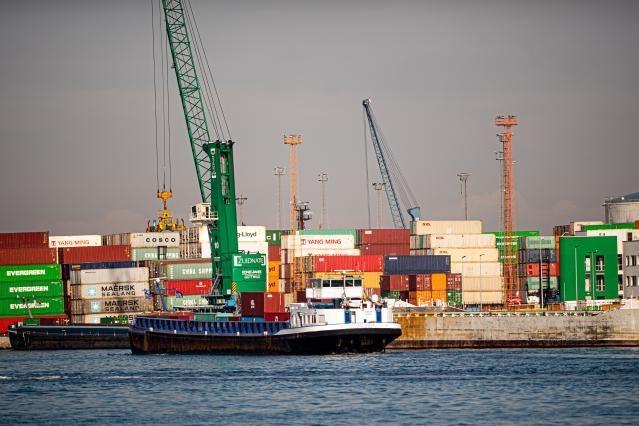
This legal instrument is in response to the EU and its Member States becoming the target of deliberate economic pressure in recent years. It strengthens the EU's toolbox and will allow the EU to better defend itself on the global stage.
The aim is to deter countries from restricting or threatening to restrict trade or investment to bring about a change of policy in the EU in areas such as climate change, taxation or food safety. The anti-coercion instrument is designed to de-escalate and induce discontinuation of specific coercive measures through dialogue as a first step. Any countermeasures taken by the EU would be applied only as a last resort when there is no other way to address economic intimidation, which can take many forms. These range from countries using explicit coercion and trade defence tools against the EU, to selective border or food safety checks on goods from a given EU country, to boycotts of goods of certain origin. The aim is to preserve the EU and the Member States' legitimate right to make policy choices and decisions and prevent serious interference in the sovereignty of the EU or its Member States.
Executive Vice-President and Commissioner for Trade, Valdis Dombrovskis said: “At a time of rising geopolitical tensions, trade is increasingly being weaponised and the EU and its Member States becoming targets of economic intimidation. We need the proper tools to respond. With this proposal we are sending a clear message that the EU will stand firm in defending its interests. The main aim of the anti-coercion tool is to act as a deterrent. But we now also have more tools at our disposal when pushed to act. This instrument will allow us to respond to the geopolitical challenges of the coming decades, keeping Europe strong and agile.”
With this new instrument, the EU will be able to respond to cases of economic coercion in a structured and uniform manner. A dedicated legislative framework ensures predictability and transparency; it underlines the EU's adherence to a rules-based approach, also internationally.
The EU will engage directly with the country concerned to stop the economic intimidation. If the economic intimidation does not stop immediately, the new instrument will allow the EU to react swiftly and effectively, providing a tailor-made and proportional response for each situation from imposing tariffs and restricting imports from the country in question, to restrictions on services or investment or steps to limit the country's access to the EU's internal market.
Background
The Commission's proposal follows requests from the European Parliament and a number of Member States. This was acknowledged in a joint declaration of the Commission, the Council and the European Parliament on an instrument to deter and counteract coercive actions by third countries issued on 2 February. It was developed after an in-depth public consultation at EU level (including an impact assessment) in which stakeholders - especially businesses, industry associations and think-tanks - broadly signalled the problem of economic intimidation and coercion against EU interests and supported an EU-level deterring instrument.
Next steps
The proposal now needs to be discussed and agreed by the European Parliament and the Council of the European Union. It will be considered under the Ordinary Legislative Procedure, whereby the Parliament and Council will internally develop their positions before negotiating with each other in Trilogue discussions with the assistance of the Commission. In the next two months, stakeholders and citizens may provide further feedback, on which the Commission will report to the Council and Parliament.
For More Information
Commission proposal for an Anti-Coercion Instrument
Anti-Coercion Instrument process explainer
Impact Assessment Report - Executive Summary
Regulatory Scrutiny Board Opinion
DG TRADE anti-coercion website
Stakeholder feedback following adoption
Details
- Publication date
- 8 December 2021
- Author
- Representation in Cyprus
